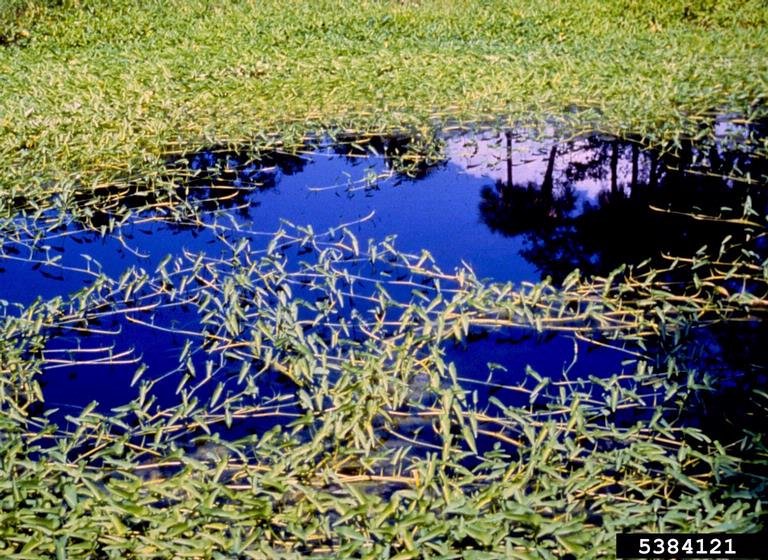Early Detection Invasive Plant Species of Virginia
Water Spinach
(Ipomoea aquatica)
What is the harm?
Forming dense floating mats of tangled stems, water spinach shades out submersed native vegetation and competes with emergent native species. These mats can obstruct water flow, create stagnant water environments ideal for breeding mosquitoes, and displace native plants that are critical for fish and wildlife.

What is it?
Water spinach is an invasive aquatic vine in tropical and subtropical regions. Its stems are hollow, rooting at nodes and floating when in fully aquatic surroundings.

How did it get here?
Water spinach is popular vegetable in Southeast and East Asian. It was orignially introduction into North America as a potential crop species. However, it quickly escaped cultivation and became weedy. Water spinach is listed as a noxious weed by the USDA and in Virginia.
Where is it now?
Water spinach can be found in freshwater habitats, including muddy stream banks, canals, ditches, ponds, lakes, and marshes. It is susceptible to frosts, and does not grow well at temperatures below 75°F, thus its habitat is limited to the tropics and subtropics.
What is being done?
Aquatic herbicides have been used to control this plant, but the results have been only temporary and can have unacceptable impacts on surrounding vegetation with conservation value. Further research is needed to determine the effectiveness of a more selective herbicide on this plant.
How can I learn more?
Read about water spinach here >>
How can I report an occurrence?
If you find water spinach or other early detection species, go to our reporting page here >>
Image Credits
University of Georgia, Bugwood.org
 Virginia Invasive Species
Virginia Invasive Species